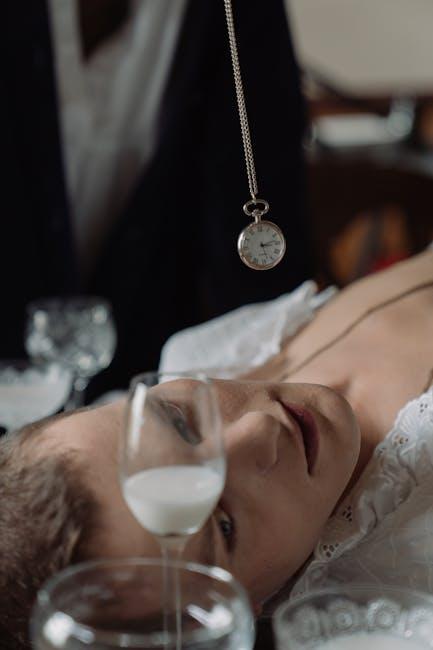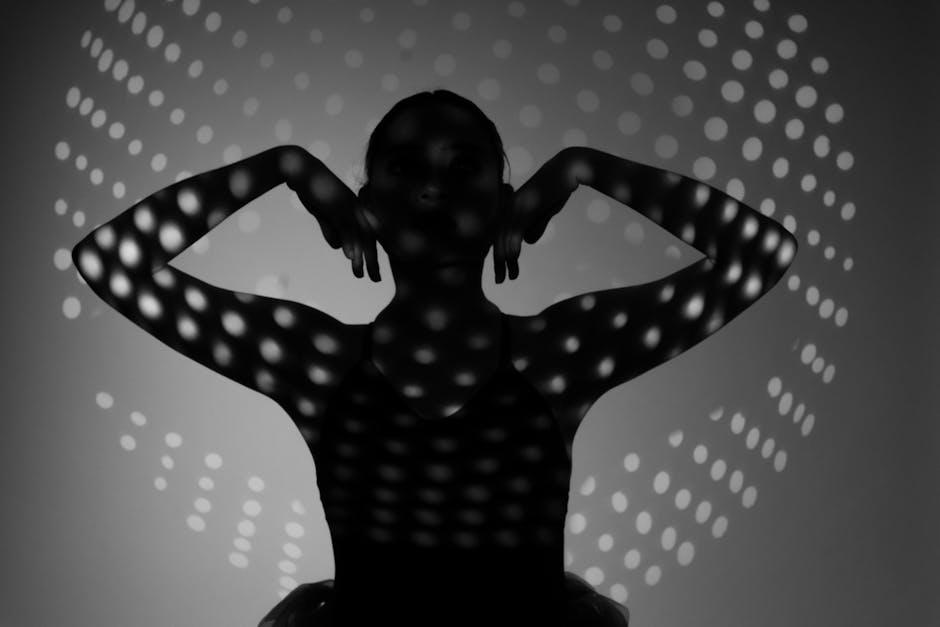In the realm of filmmaking, directors are tasked with the intricate dance of weaving visual storytelling with profound character development. This balancing act is crucial, as it determines whether a film resonates with its audience or fades into obscurity. The visual elements of a film—its cinematography, color palette, and mise-en-scène—serve as the silent narrators of the story, conveying emotions and themes that words often cannot. Simultaneously, character development breathes life into the narrative, offering depth and relatability. Mastering this equilibrium requires a director to be both a visionary artist and an empathetic storyteller, crafting a cinematic experience that is both visually captivating and emotionally engaging. This article delves into the strategies and techniques directors employ to harmonize these two essential components, ensuring a seamless fusion that captivates and compels.
Crafting a Visual Narrative: Integrating Imagery with Character Arcs
Directors weave visual elements into the fabric of character arcs, ensuring that every frame serves the narrative. By utilizing symbolic imagery, they can underscore a character’s journey, offering insights that dialogue alone cannot convey. For instance, a character’s transformation might be reflected through a shift in color palette—from muted tones to vibrant hues—as they evolve. This subtle use of color not only enhances the visual appeal but also deepens the audience’s understanding of the character’s emotional state.
- Lighting: Shadows can illustrate inner turmoil, while bright, natural light may signify clarity and growth.
- Framing: Tight close-ups can capture vulnerability, while wide shots might represent isolation or freedom.
- Props and Costumes: A character’s wardrobe can symbolize their internal changes or societal status.
Through these techniques, directors craft a visual narrative that runs parallel to the character’s arc, creating a cohesive and immersive storytelling experience. By balancing these elements, they ensure that the audience is not only watching a story unfold but also feeling the transformation alongside the characters.

The Directors Toolbox: Techniques for Harmonizing Story Elements
At the heart of a director’s craft lies the delicate art of balancing visual storytelling with character development. This intricate dance involves weaving together the rich tapestry of narrative threads with the vibrant strokes of visual artistry. Directors utilize a myriad of techniques to achieve this harmony, ensuring that neither element overshadows the other but instead complements and enhances the overall story.
- Symbolic Imagery: Directors often use visual motifs to reflect a character’s inner journey, allowing the audience to connect emotionally without explicit exposition.
- Strategic Framing: The composition of a shot can reveal power dynamics, internal conflicts, or character relationships, providing depth and context to the unfolding narrative.
- Color Palette: Thoughtful use of color can evoke mood, highlight themes, and mirror character arcs, subtly guiding the viewer’s emotional response.
- Sound Design: Integrating soundscapes and music that resonate with a character’s emotions or pivotal moments can elevate the storytelling experience.
By skillfully blending these elements, directors not only tell a story but also craft an immersive experience that resonates on both a visual and emotional level. This balance is crucial in transforming a simple narrative into a memorable cinematic journey.

Emotional Depth Through Cinematic Composition: A Guide for Directors
Directors master the art of balancing visual storytelling with character development by employing a meticulous blend of cinematic techniques and narrative strategies. Cinematic composition plays a crucial role in this balance, serving as a visual language that enhances the emotional depth of a story. Through careful framing, lighting, and camera movement, directors create a visual metaphor that mirrors the internal journeys of their characters. For instance, the use of close-ups can reveal a character’s vulnerability, while wide shots may underscore their isolation within the world. These choices are not arbitrary; they are deliberate decisions that resonate with the audience on a subconscious level.
- Framing and Composition: Thoughtful framing can encapsulate a character’s emotional state. A centered character might suggest stability, while off-center compositions can convey imbalance or tension.
- Lighting: Lighting choices are pivotal in setting the emotional tone. Soft, warm lighting can evoke intimacy and warmth, whereas harsh, stark lighting might reflect conflict or danger.
- Camera Movement: Dynamic camera movements can mirror a character’s emotional arc. A slow zoom might indicate growing realization, while a sudden tilt could signify chaos or upheaval.
By aligning these visual elements with the narrative, directors create a seamless integration of story and character, allowing audiences to experience the emotional landscape alongside the characters. This synergy not only enhances the storytelling but also deepens the audience’s emotional engagement, making the cinematic experience profoundly impactful.

Balancing Act: Strategies for Merging Visual and Character-Driven Storytelling
In the intricate dance of filmmaking, directors must deftly weave visual storytelling with character development to create a cohesive narrative tapestry. This requires a keen understanding of how each element complements the other. A director might employ visual motifs—such as recurring colors or symbols—to subtly reflect a character’s internal journey, allowing the audience to engage with the story on a deeper level without relying solely on dialogue. Consider the use of lighting: a dimly lit scene might mirror a character’s descent into despair, while vibrant hues could symbolize newfound hope or transformation.
To achieve this balance, directors often employ several strategies:
- Show, Don’t Tell: Use imagery to convey emotions and themes, letting the visuals speak volumes about a character’s state of mind.
- Parallel Structure: Mirror a character’s development with visual changes in the environment, creating a symbiotic relationship between the setting and the protagonist.
- Symbolic Imagery: Integrate symbols that resonate with the character’s arc, offering viewers a visual shorthand to understand complex emotional shifts.
By harmonizing these elements, directors can craft a narrative that resonates on both an emotional and aesthetic level, engaging audiences through a multifaceted storytelling approach.

